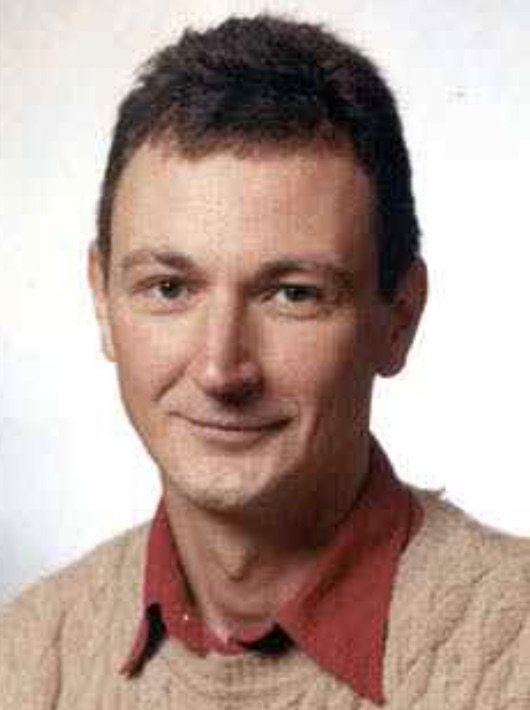
Vladimir Aleksandrovich Voevodskii was born June 4, 1966 in Moscow, Soviet Union. His father, Aleksander Voevodsky, was head of the Laboratory of High Energy Leptons in the Institute for Nuclear Research at the Russian Academy of Sciences. His mother, Tatyana, was a chemist. After graduating from high school, Vladimir attended Moscow State University where he planned to follow in his mother’s footsteps and specialize in chemistry. However, on discovering that the study of chemistry at the nuclear level required physics, he switched his focus to physics. When he discovered that he needed mathematics to understand physics, he began to focus on mathematics and never looked back.
At Moscow State University, Vladimir decided to follow a path of his own, skipping lectures and pursuing his own mathematical interests. In 1990, Vladimir co-published a paper with mathematician Michael Kapranov who arranged for Vladimir to pursue graduate studies at Harvard. Within two years, Voevodsky (as he spelled his name after leaving the USSR) was appointed a Member of the Institute for Advanced Study in Princeton and was awarded his Ph.D. in pure mathematics from Harvard. In 1996, just four years after coming to the Institute for Advanced Study, he proved the famous Milnor conjecture. This earned him in 2002, an appointment to a permanent professorship at the Institute for Advanced Study as well as the prestigious Fields Medal.
In 2002, Voevodsky) embarked on an ambitious program to codify mathematical definitions, theorems and proofs in a way that could be stored on computers and accessed and shared by mathematicians. By 2010, he had amassed a formidable bank of encoded mathematical material that he called Foundations. Implicit in this work was an attempt to replace set theory as the foundation of mathematics with the concept of univalent foundations based on homotopy type theory.
Tragically, Vladimir Voevodsky died of an aneurysm on September 30, 2017 at age 51, in his Princeton home, leaving behind a wife and two daughters. In spite of his relatively short life, his insights in the formulation of algebraic geometry have made a contribution to mathematics of the highest magnitude.
